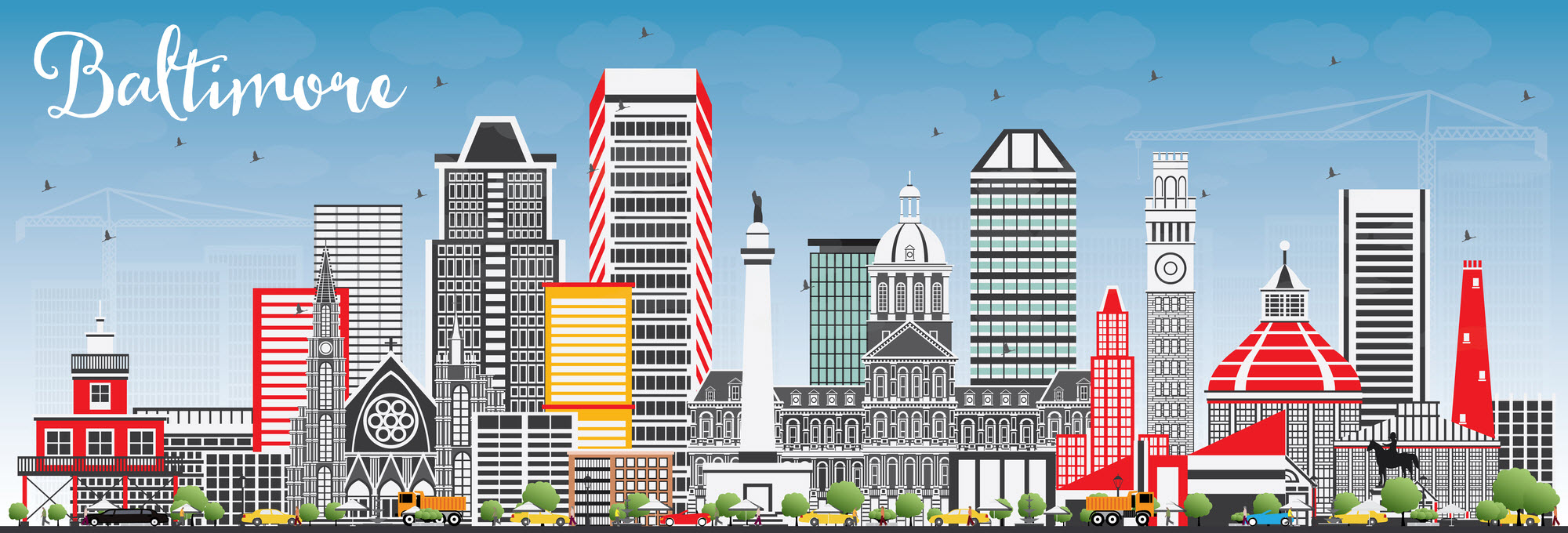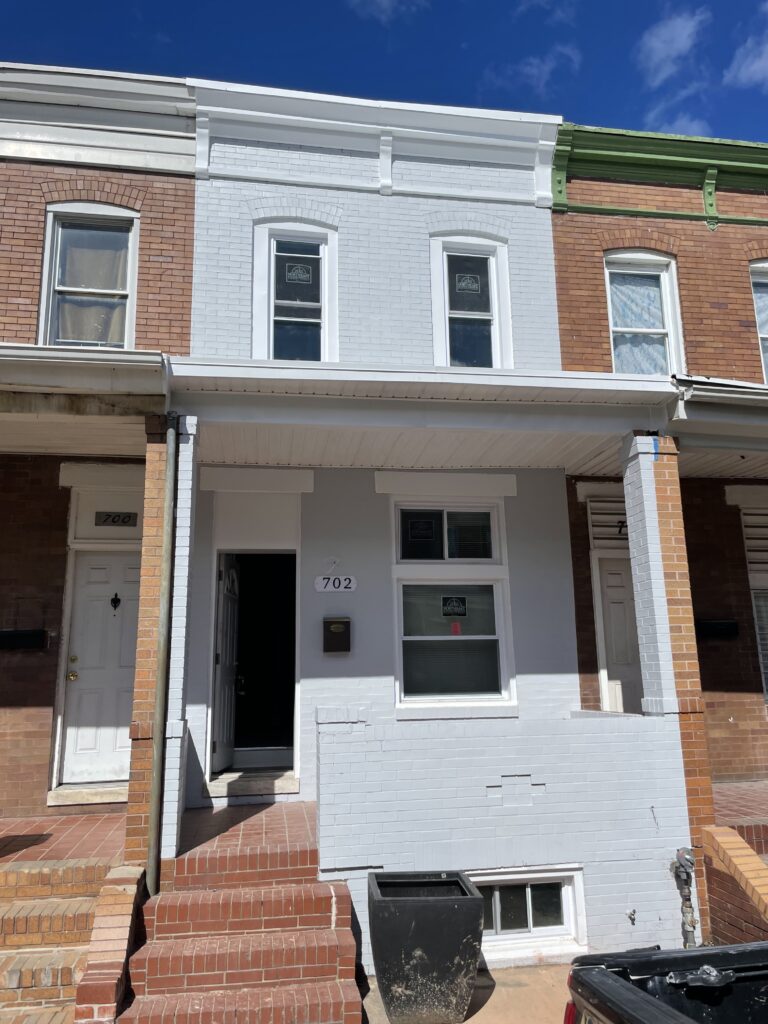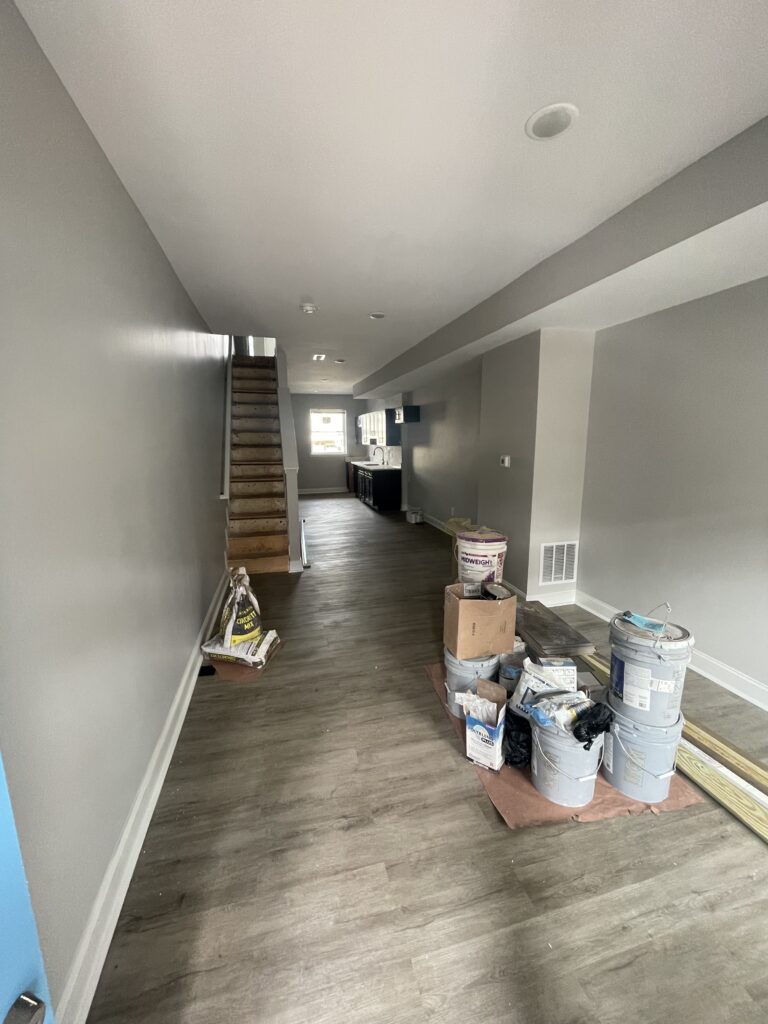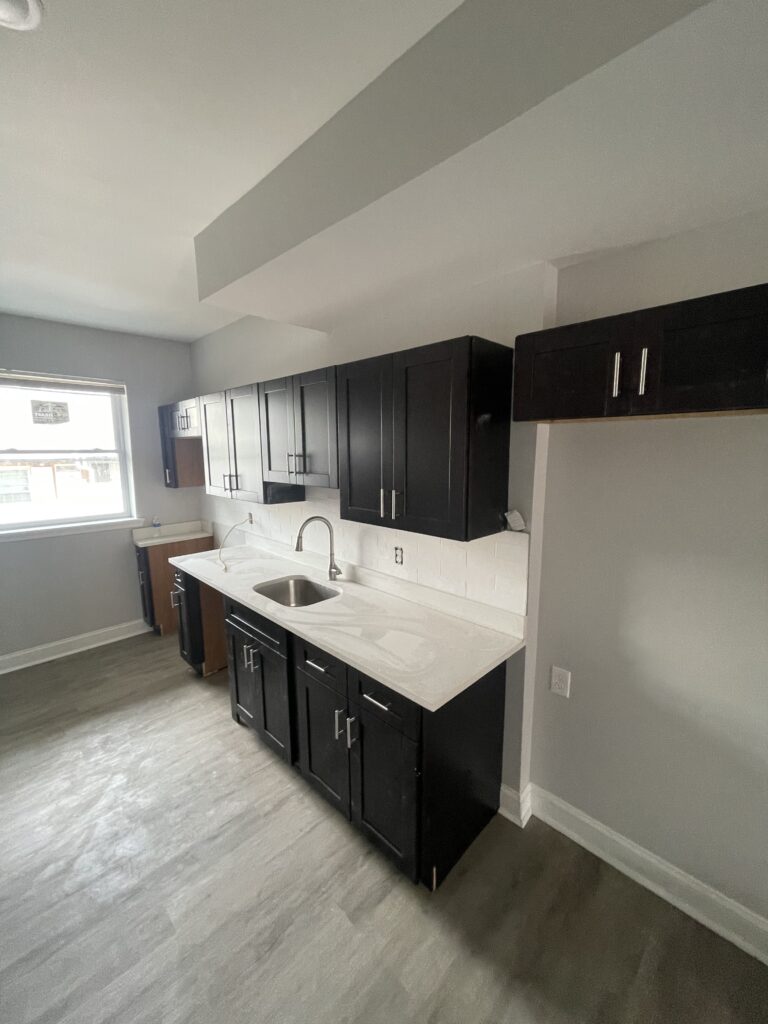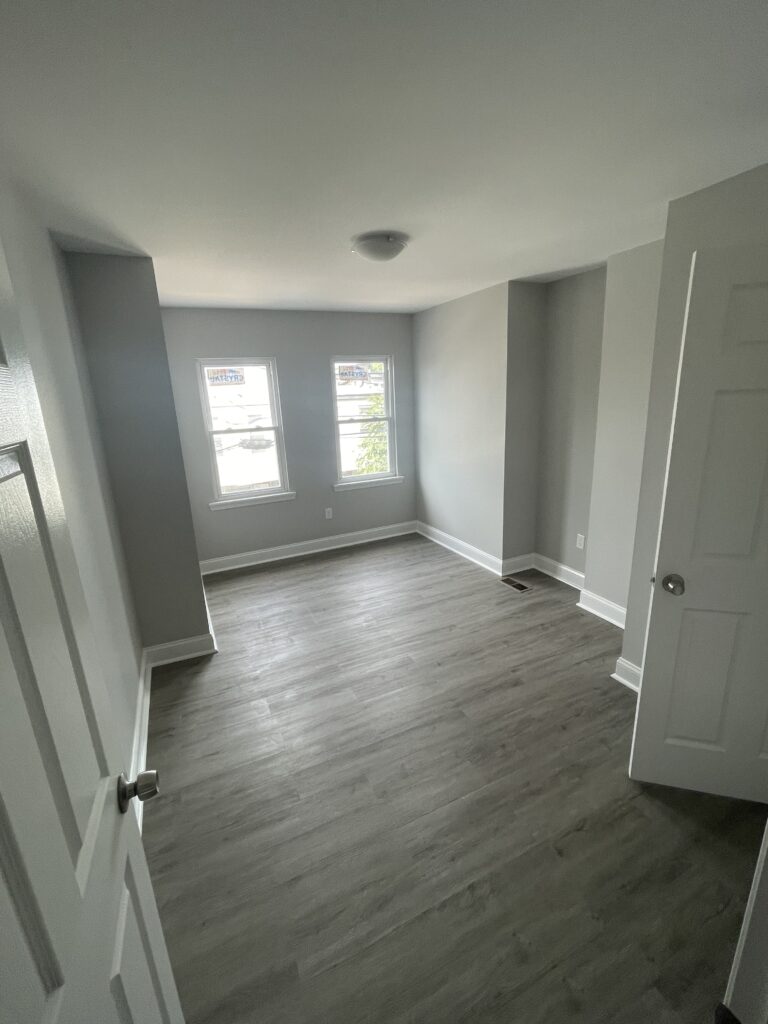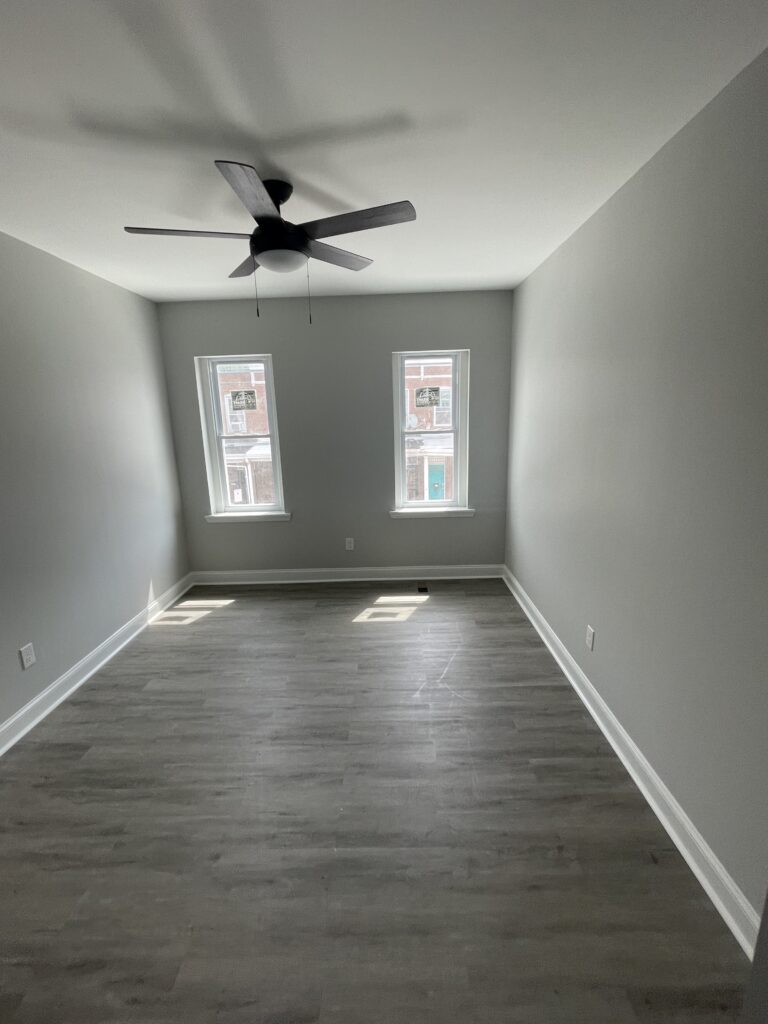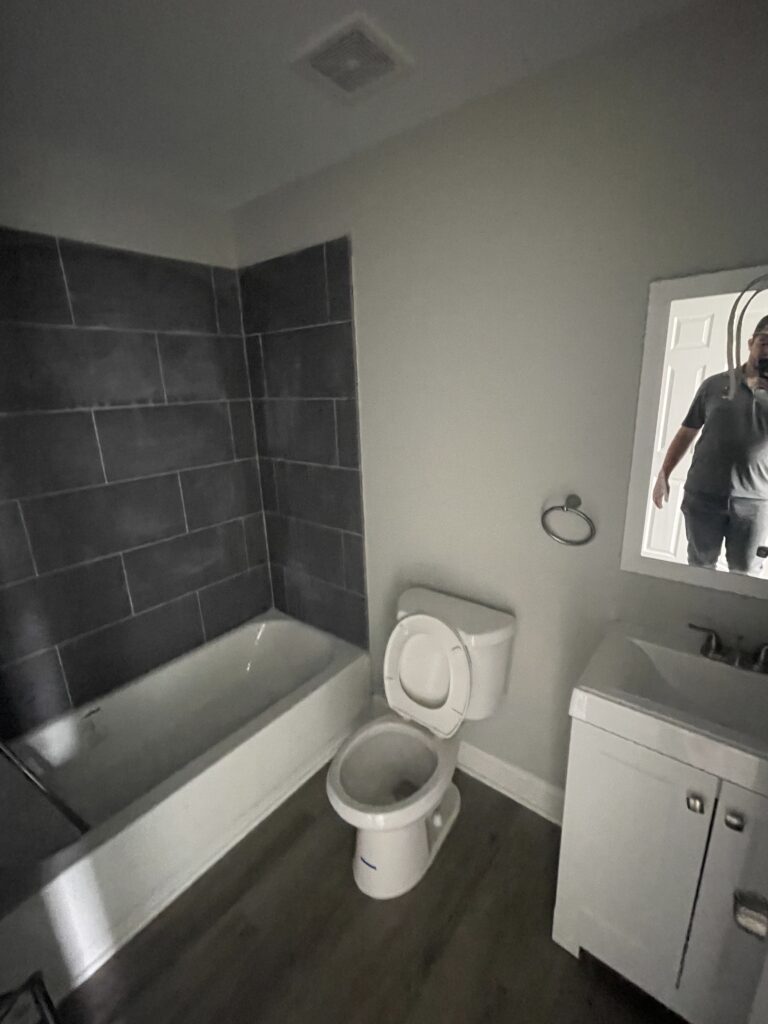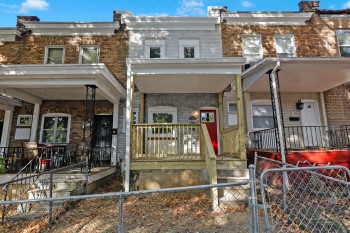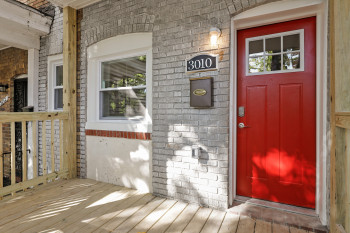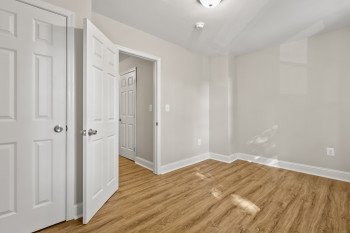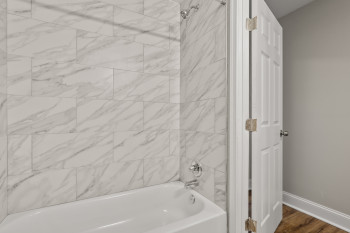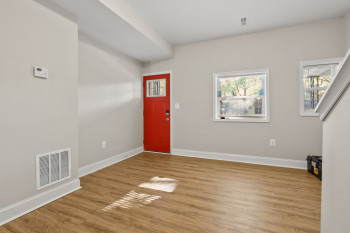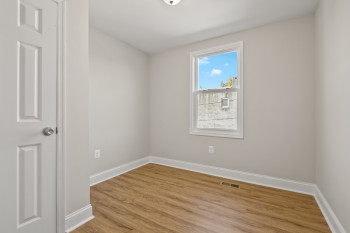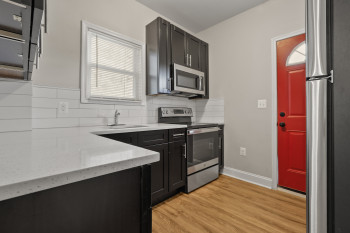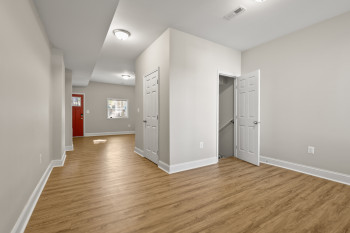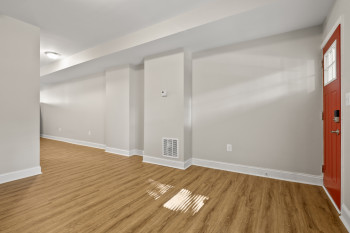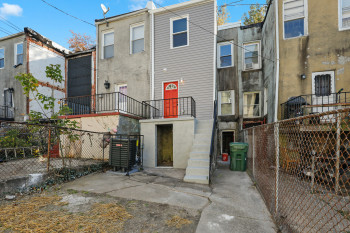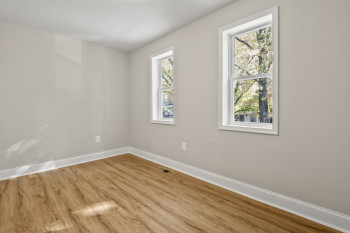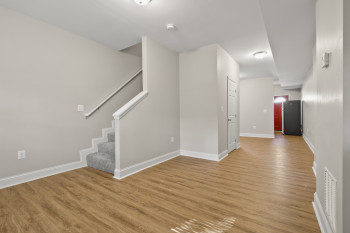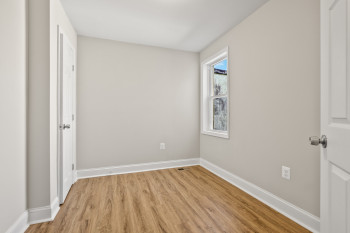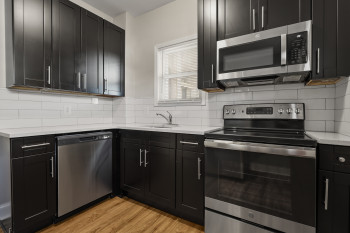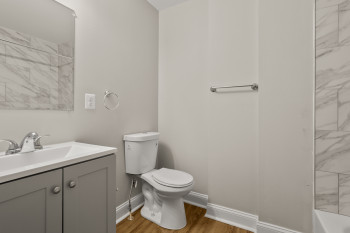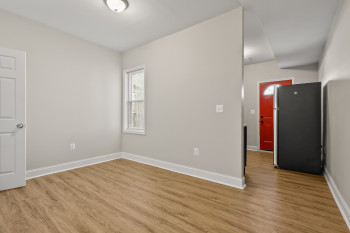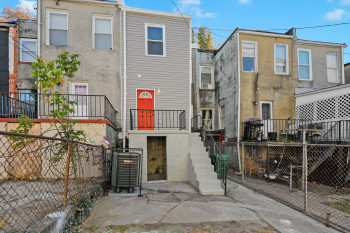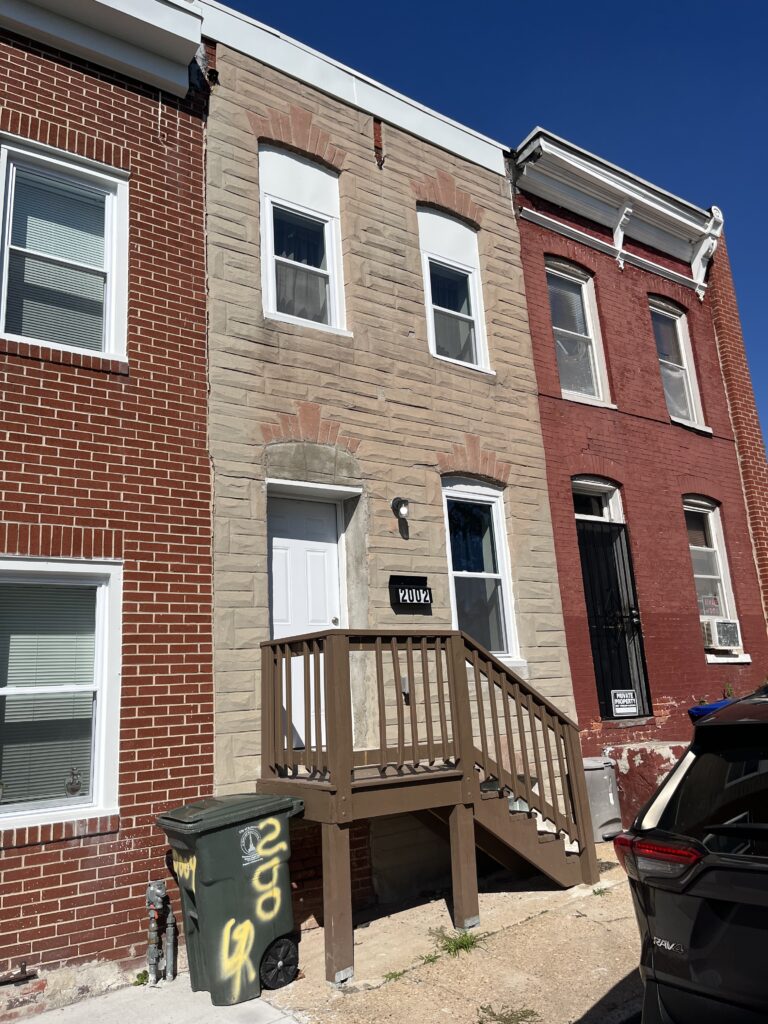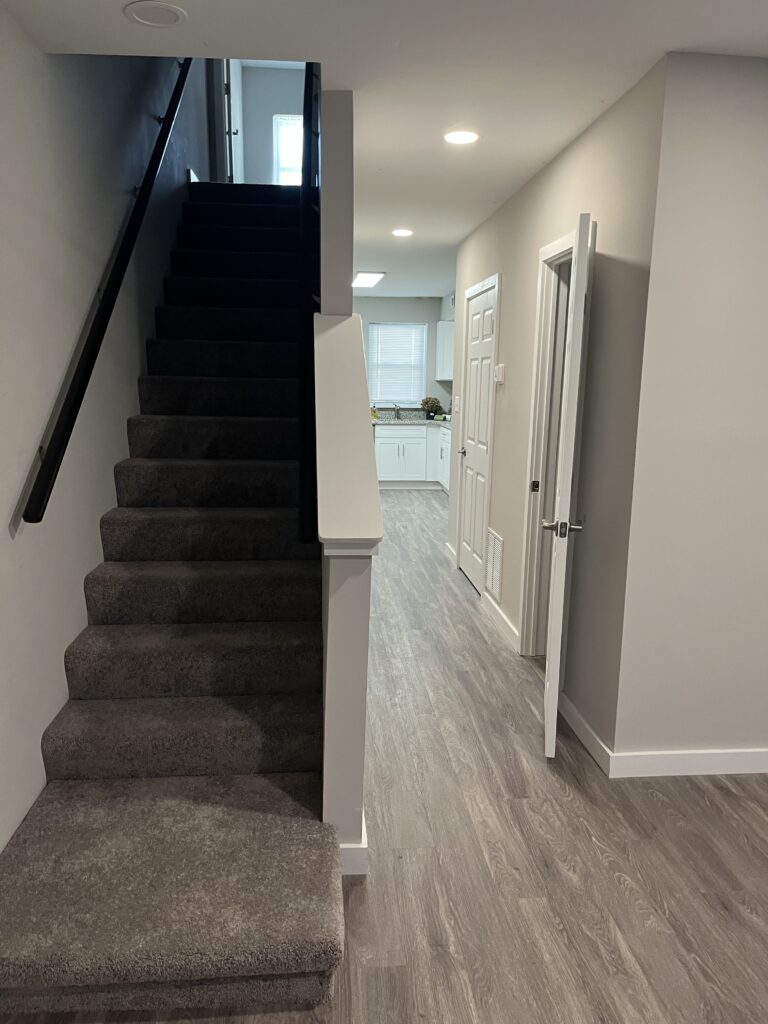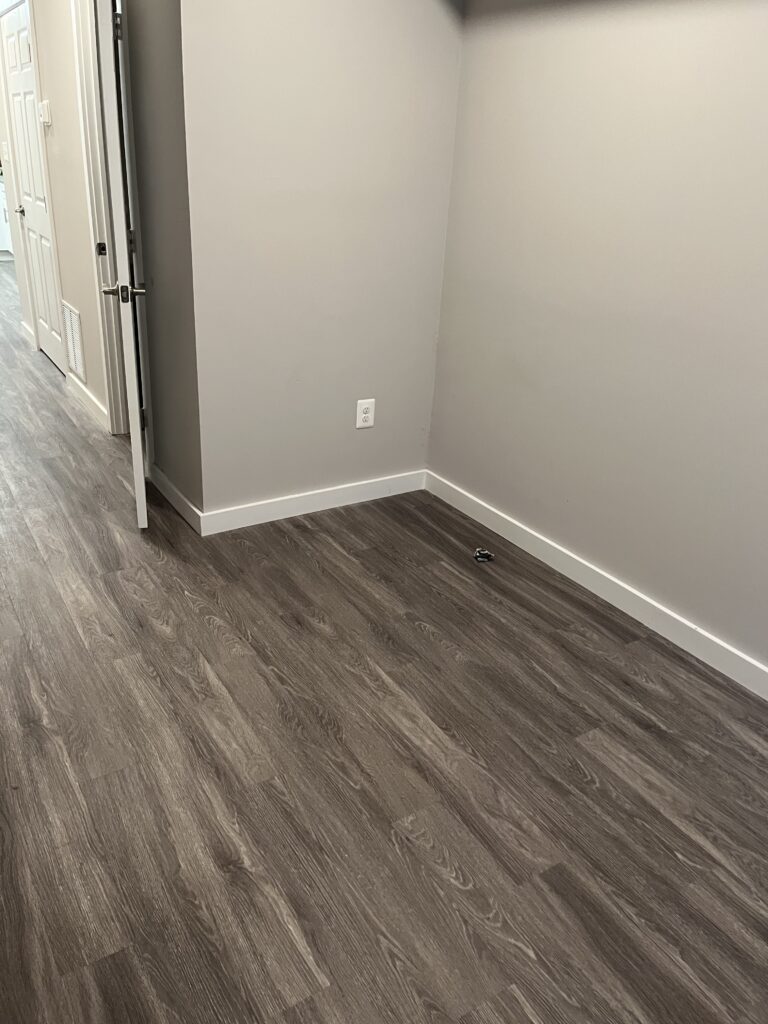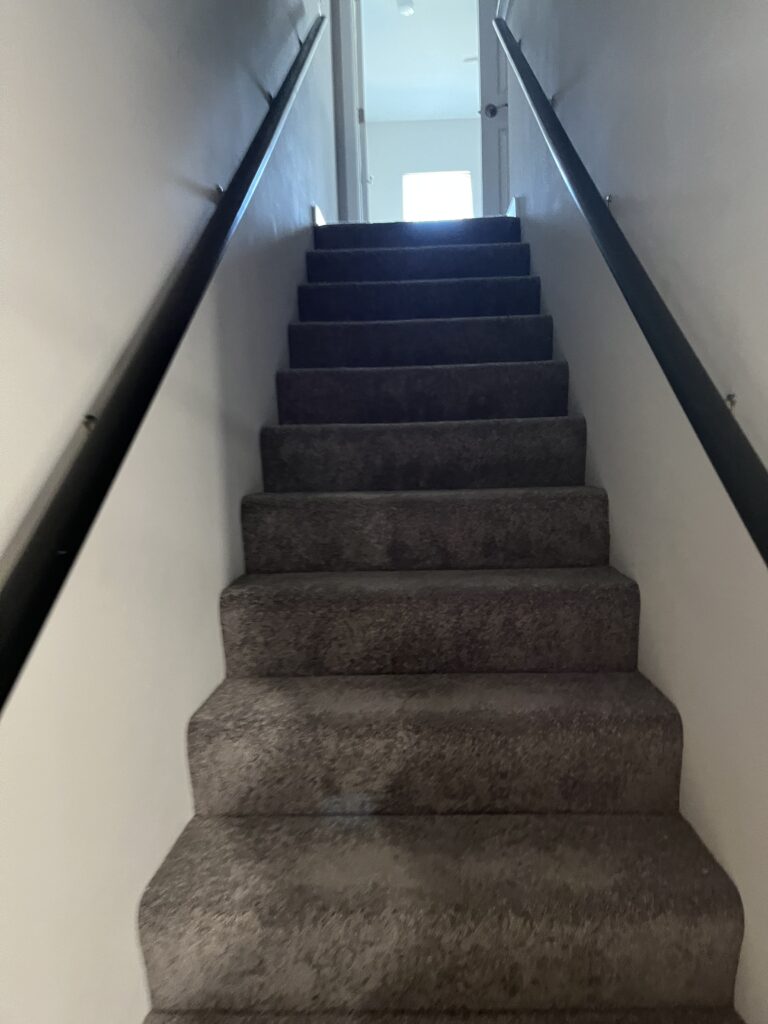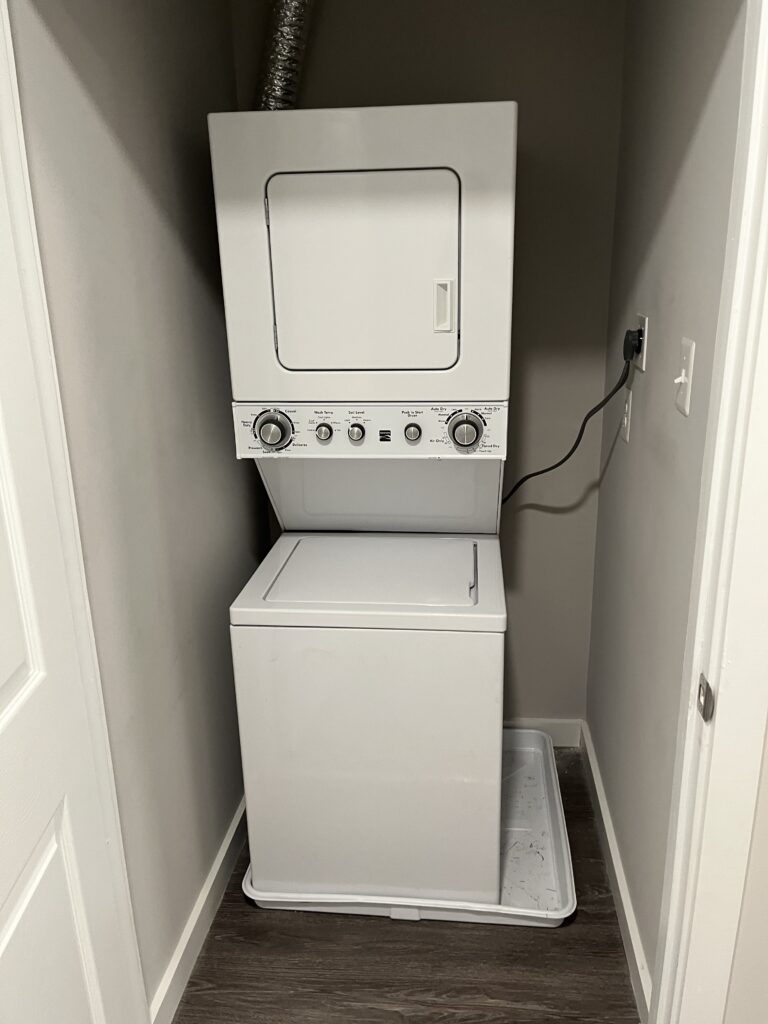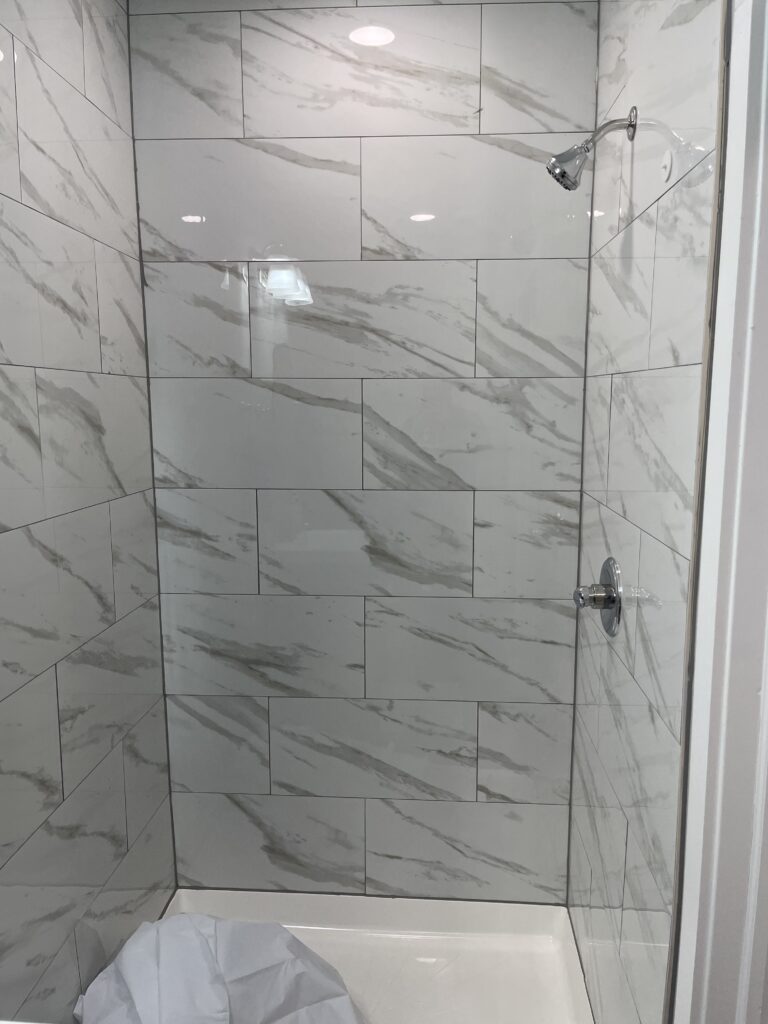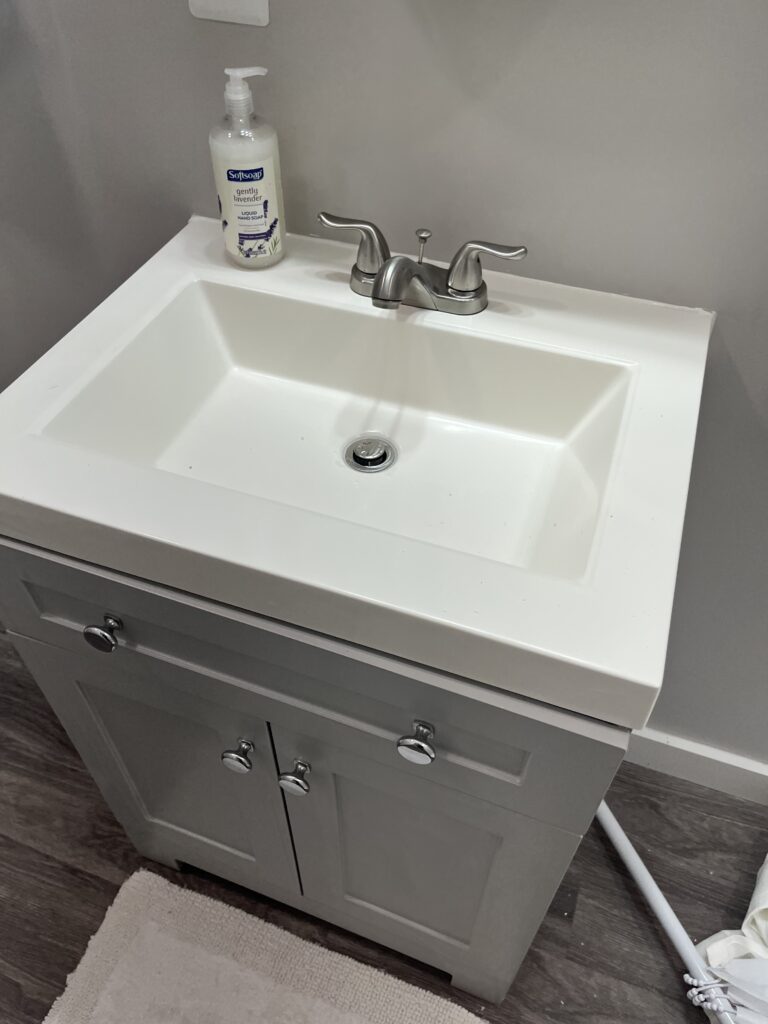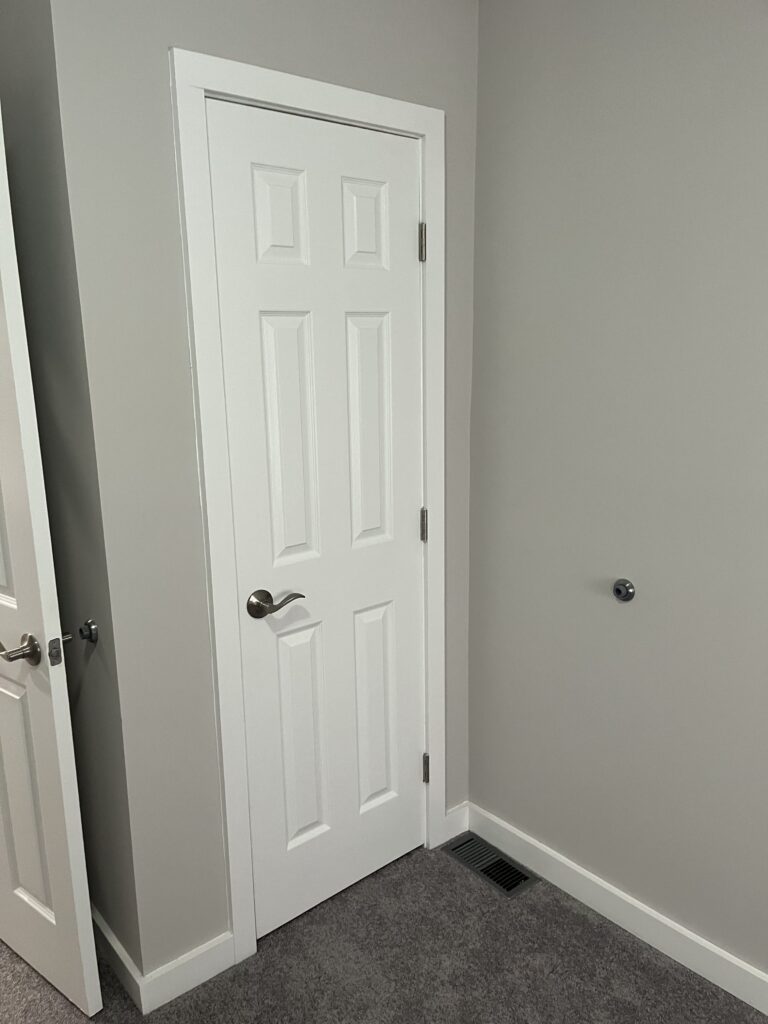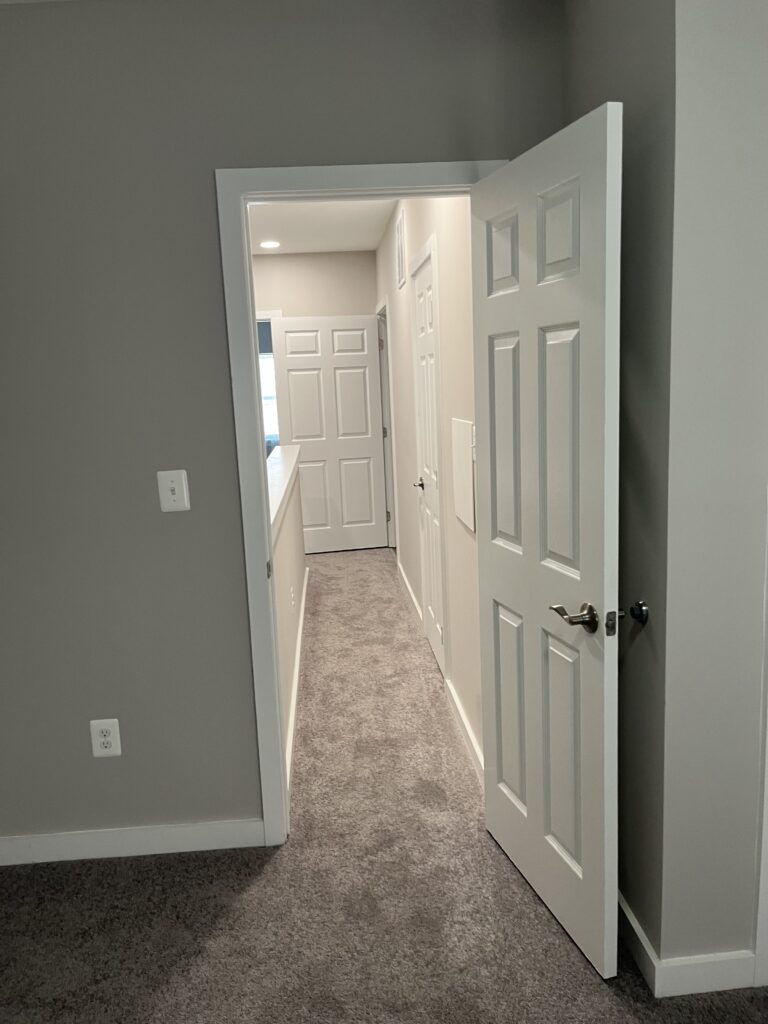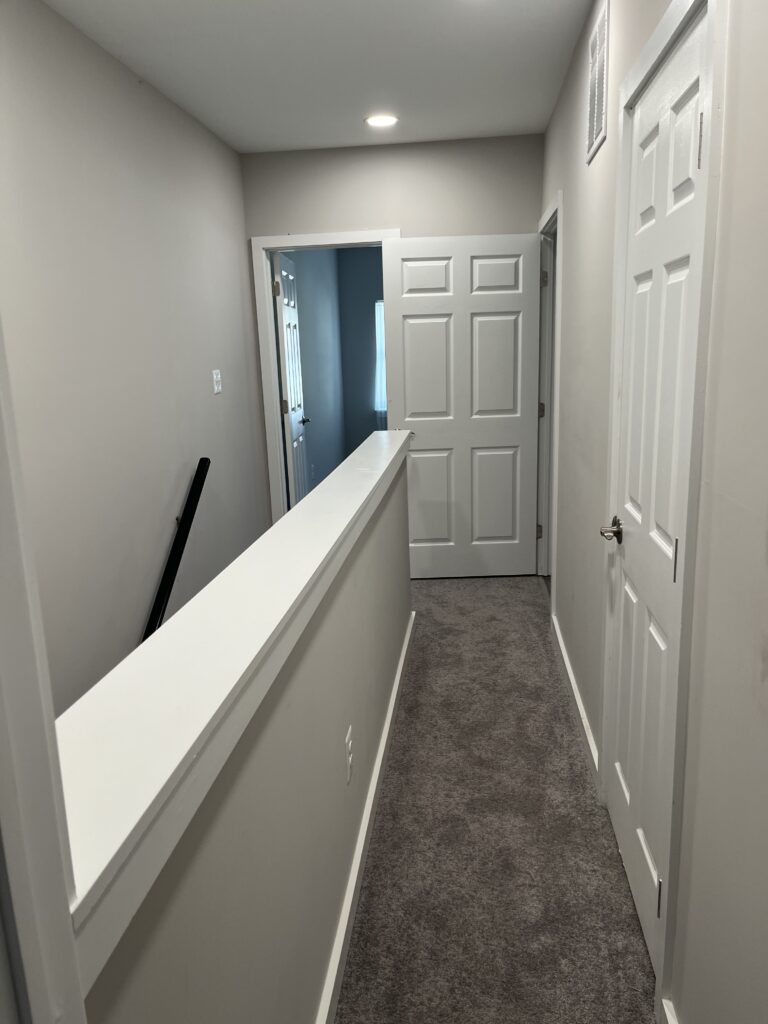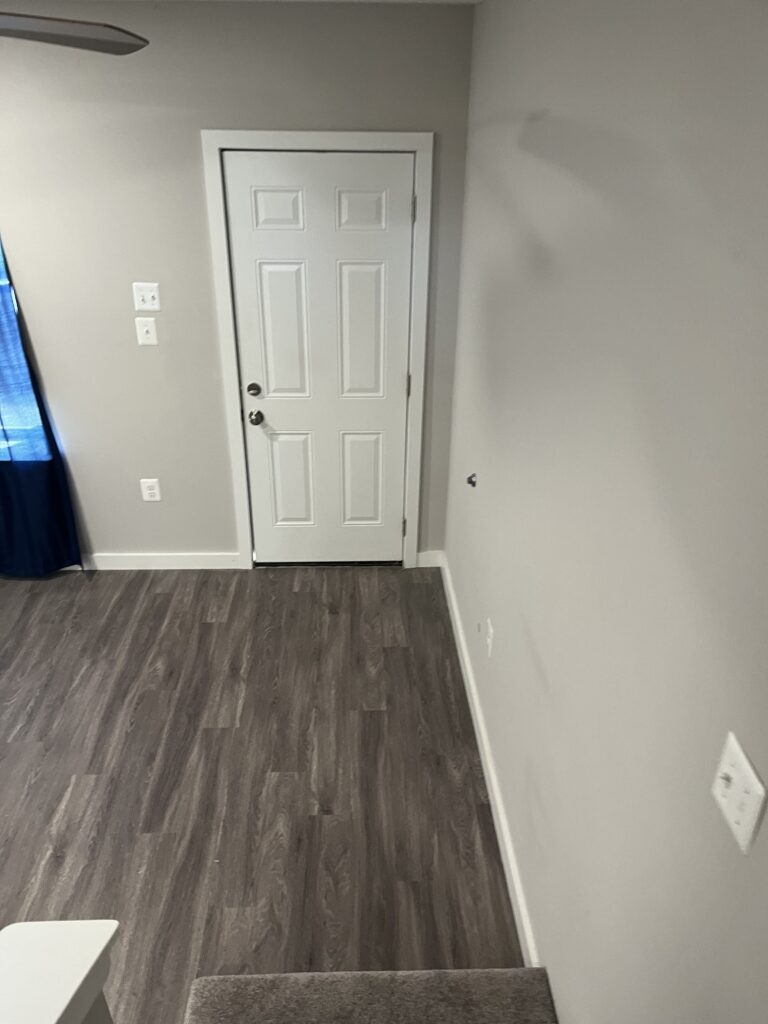Baltimore Investment Properties For Sale
Rising City for Startups
N Curley St.
Baltimore, Maryland
$229,500
$1,700
1915
$192
0.7%
B-
7.3%
$1,397
W Lanvale St.
Baltimore, Maryland
$220,000
$1,725
1920
$210
0.8%
B-
7.7%
$1,420
Ellsworth St.
Baltimore, Maryland
$214,000
$1,650
1916
$199
0.8%
B
-29.8%
$-5,310
Maryland is centrally located in the heart of the eastern seaboard. The area thrives with easy access to and through for nearly 1/3 of the U.S. population.
The thriving Chesapeake Bay is a port for the World – The port of Baltimore is the nation’s leading roll-on/roll-off port. It is served by two Class I freight rail lines and offers immediate access to I-95 and I-70, the major thoroughfares to points north, south and west.
Access by air is equally easy. Besides Maryland’s own BWI Thurgood Marshall Airport, three other major airports are just a short drive away, in neighboring Philadelphia, Northern Virginia and Washington, D.C. And the Baltimore-Washington area is the nation’s fourth-largest market.
The Maryland Metro Region consists of the independent city of Baltimore and five counties in Maryland. The market is located between Philadelphia and Washington, D.C. For purposes of this analysis, and includes the Counties of Baltimore, Carroll, Harford, Anne Arundel, and Howard.
WHY INVEST IN MARYLAND METRO MARKET?
- Maryland is home to four Fortune 500 Companies including Lockheed Martin, Marriott International, Discovery Communications and Host Hotels and Resorts.
- Maryland is home to more than 10 military bases across multiple branches of the U.S military.
- Maryland is eighth in a ranking of America's Best States to Live In. (24/7 Wall Street, 2018)
- Maryland is the fourth safest state to raise children. (SafeHome.org, 2018)
- Baltimore maintains its first place position among the “Best American Cities for Women in Business,” which is based on the percentage of women-owned businesses, executive jobs held by women, gender wage gap, and buying power of women. (ShareFile.com, 2018) Baltimore places fifth in a ranking of the “Top 10 Rising Cities for Startups” based on costs, education levels, college presence, entrepreneurship rates, working-age population growth and venture capital investment. (Forbes, 2018)
BUSINESS DEMOGRAPHICS
Maryland's economy has grown rapidly in the last 6 years due to the passing of new legislation with a concerted effort to be business-friendly.
Key industries include:
- Bio & Health life sciences
- IT & Cyber Security
- Advanced Manufacturing
- Military & Federal
- Aerospace & Defense
- Financial Services
- Energy & Sustainability
EDUCATIONAL EXCELLENCE – Maryland is known for excellence in education.
- Maryland ranks 2nd overall in the U.S. based on educational attainment, school quality, and achievement gaps.
- Maryland's public K-12 school system ranks eighth in the nation based on 25 quality and safety metrics.
- Johns Hopkins University ranks 10th in the U.S. News and World Report rankings for Best Colleges.
- Johns Hopkins University ranks first among U.S. colleges and universities in total National Institutes of Health awards, including grants and contracts for research, development, training, and fellowships ($674.6 million).
- Johns Hopkins University ranks first among academic institutions in the nation in research and development expenditures, totaling $2.56 billion in FY 2017. The university also ranks first in federally funded research ($2.18 billion).
- University of Maryland College Park ranks 15th in the word following subjects: atmospheric science, environmental engineering, remote sensing, communications, business administration, management, and library and information sciences.
ECONOMICS
Nonfarm payrolls in the Maryland Metro region increased in each of the past 8 years, led by gains in the professional and business services and in the education and health services sectors. During the 12 months ending May 2018, nonfarm payrolls increased by 5,600 jobs, or 1.1 percent, to 1.41 million jobs. During the 3-year forecast period, nonfarm payrolls are expected to grow at an average annual pace of 1.1 percent annually.
ECONOMIC RANKINGS
- 1st in percentage of employed PhDs and engineers
- 1st highest concentration of workers in STEM occupations (U.S. Bureau of Labor Statistics, 2018)
- 2nd Most Educated State (WalletHub, 2018)
- 5th Most Innovative State (Bloomberg, 2019)
- 15 of 20 aerospace & defense companies in the U.S. call Maryland home
- 70 of 100 top defense contractors are located in Maryland
RENTAL ECONOMICS
The overall rental vacancy rate is estimated at 4.3 percent, down from 7.2 percent in 2010. During the 3year forecast period, demand is expected for 2,500 new market-rate rental units.
Baltimore is a very large coastal city (i.e. on the ocean, a bay, or inlet) located in the state of Maryland. With a population of 602,495 people and 219 constituent neighborhoods, Baltimore is the largest community in Maryland. Baltimore has a large stock of pre-World War II architecture, making it one of the older and more historic cities in the country.
Unlike some cities where white-collar or blue-collar occupations dominate the local economy, Baltimore is neither predominantly one nor the other. Instead, it has a mixed workforce of both white- and blue-collar jobs. Overall, Baltimore is a city of professionals, sales and office workers, and service providers. There are especially a lot of people living in Baltimore who work in office and administrative support (13.62%), management occupations (8.94%), and sales jobs (8.23%).
Also of interest is that Baltimore has more people living here who work in computers and math than 95% of the places in the US.
One thing noticeable about Baltimore is that it has a large population of people who are young, single, educated, and upwardly-mobile career starters. That’s because Baltimore is full of single people in their 20s and 30s and who have an undergraduate or graduate degrees and are starting careers in professional occupations. This makes Baltimore a great place for young, educated career starters looking to find many people like themselves, with good opportunities for friendships, socializing, romance, and fun. In fact, Baltimore is one of the top larger cities in America for educated single professionals to flock.
Baltimore is also nautical, which means that parts of it are somewhat historic and touch the ocean or tidal bodies of water, such as inlets and bays. Such areas are often places that visitors and locals go for waterfront activities or taking in the scenery.
In Baltimore, however, the average commute to work is quite long. On average, people spend 30.99 minutes each day getting to work, which is significantly higher than the national average. One bright side is that local public transit is widely used, so it may be an option to avoid the headache of driving in the heavy traffic by leaving the car at home and taking transit. In addition, the city is also quite pedestrian-friendly, because many neighborhoods are very dense and have amenities close enough together that people find it feasible to get around on foot.
Baltimore is a big city, and with that comes lots of benefits. One benefit is that most big cities have public transit, but Baltimore really shines when it comes to the extensiveness and use of its public transit system. More than most large American cities, Baltimore citizens use public transit daily to get to and from work. And while there are transportation options, most people in Baltimore ride the bus. Whereas in some cities one is destined to sit in traffic every morning to get to work and every evening to get home, in Baltimore a lot leave their cars at home (if they even choose to own one), and hop a ride on the bus.
The education level of Baltimore citizens is substantially higher than the typical US community, as 30.42% of adults in Baltimore have at least a bachelor's degree.
The per capita income in Baltimore in 2010 was $28,488, which is lower-middle-income relative to Maryland, and upper middle income relative to the rest of the US. This equates to an annual income of $113,952 for a family of four. However, Baltimore contains both very wealthy and poor people as well.
Baltimore is an extremely ethnically-diverse city. The people who call Baltimore home describe themselves as belonging to a variety of racial and ethnic groups. The greatest number of Baltimore residents report their race to be Black or African-American, followed by White. Important ancestries of people in Baltimore include German, Irish, African, English, and Italian.
The most common language spoken in Baltimore is English. Other important languages spoken here include Spanish and African languages.
Baltimore APPRECIATION RATE
| TIME PERIOD | TOTAL APPRECIATION | AVG. ANNUAL RATE | COMPARED TO State* | COMPARED TO AMERICA* |
|---|---|---|---|---|
| Latest Quarter: 2023 Q3-2023 Q4 |
0.00% | 0.00% | ||
| Last 12 Months: 2022 Q4-2023 Q4 |
0.00% | 0.00% | ||
| Last 2 Years: 2021 Q4-2023 Q4 |
0.00% | 0.00% | ||
| Last 5 Years: 2018 Q4-2023 Q4 |
0.00% | 0.00% | ||
| Last 10 Years: 2013 Q4-2023 Q4 |
0.00% | 0.00% | ||
| Since 2000: Q1-2023 Q4 | 0.00% | 0.00% |
RENT & OWNERSHIP
HOME OWNERSHIP RATE
REGIONAL APPRECIATION POTENTIAL
RATINGS: 1=Very Low 2=Low 3=Moderate 4=High 5=Very High
REGIONAL HOUSING MARKET ANALYSIS
HOUSING AFFORDIBALITY TRENDS: BALTIMORE METRO AREA
Years of average household income needed to buy average home
0.00
Region Historical Low
0.00
Region Historical High
0.00
Current
REGIONAL 1 AND 2 YEAR GROWTH TRENDS
| REGIONAL TREND | LAST 1 YEAR | COMPARED TO NATION* | LAST 2 YEARS | COMPARED TO NATION* |
|---|---|---|---|---|
| Population Growth | 0.00% | 0.00% | ||
| Job Growth | 0.00% | 0.00% | ||
| Income Trends(Wages) | 0.00% | 0.00% | ||
| Unemployment Trend | 0.00% | 0.00% | ||
| Stock Performance of Region's Industries | 0.00% | 0.00% | ||
| Housing Added | 0.00% | 0.00% | ||
| Vacancy Trend | 0.00% | 0.00% |
Check Back Often for New Investment Opportunities!

Real estate is the most powerful way to accumulate wealth, and more people have become millionaires through real estate than any other means.
This guide has been written in an effort to help educate all real estate investors regardless of their experience.
Dedicated to all investors who want the very best deals!
The advantages of income-generating real estate.
How to analyze properties, cash-flow and returns.
How to choose the best markets and neighborhoods.


